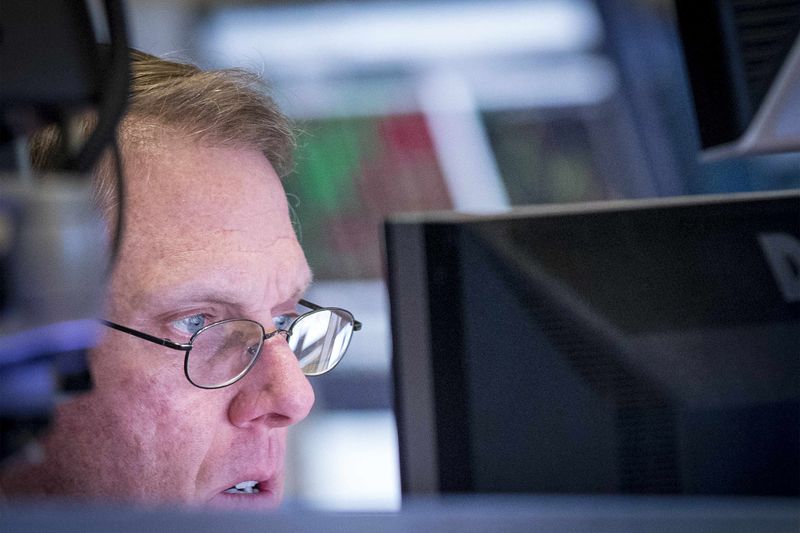While the relaxation of pension rules has allowed those of us over the age of 55 to access our pension cash and manage it however we please, there have been critics of this new freedom who feel that we shouldn’t be trusted with such responsibility. Things like the collapse of London Capital & Finance in March are held up as beginners’ failures.
Yet the answer, surely, is not to wind back this progress, but to improve the level of financial education on offer in the UK, which is woefully inadequate.
State Pension After all, the current State Pension of £168.60 a week is hardly going to lead to a life of luxury, so we need to make whatever provisions we can for ourselves. But how can we achieve better returns while keeping our cash as safe as possible?
For me, it’s based on buying shares in FTSE 100 companies, particularly those paying decent dividends, as they are among the biggest and most reliable companies in the country. It’s still possible to suffer significant losses, mind. Who’d have thought back in summer 2014 that telecoms giant Vodafone‘s shares would lose more than a third of their value in the next five years?
The simplest way to achieve a good spread of FTSE 100 shares is to buy an index tracker fund, which does its best to follow the overall performance of the index. Over the long term, the Footsie has been doing pretty well, and its forecast dividend yield for 2019 stands at 4.2% — a return that would easily beat a Cash ISA.
Select your own I’ve been looking at ways to pick a smaller set of companies, based on three simple measures. One is a stock’s dividend yield, one is how well the dividend is covered by its earnings (Vodafone’s wasn’t, and has recently been slashed by 40%), and the final one is the P/E multiple. The P/E compares the share price to earnings per share, and I use it mainly to try to avoid overpriced shares (which, again, would have kept me away from Vodafone (LON:VOD)).
I’ve found that if I filter the whole of the FTSE 100 and select only those companies with a dividend yield of at least 5%, earnings per share at least 1.5 times the dividend, and a P/E no higher than 15, it narrows the whole lot down to just 14 stocks.
Some are sector duplicates, so if I select only one from each sector, picking the one with the biggest dividend if there are duplicates, I end up with the following table:
| Company | Dividend yield | Dividend cover | P/E |
| Barratt Developments (LON:BDEV) | 8.1% | 1.6x | 7.8 |
| BT Group (LON:BT) | 7.5% | 1.7x | 9.1 |
| British American Tobacco (LON:BATS) | 7.5% | 1.5x | 10.7 |
| Rio Tinto (LON:RIO) | 6.8% | 1.6x | 6.1 |
| Legal & General | 6.6% | 1.8x | 8.8 |
| WPP (LON:WPP) | 6.2% | 1.6x | 11.6 |
| Lloyds Banking Group (LON:LLOY) | 5.9% | 2.1x | 10.4 |
| BP (LON:BP) | 5.8% | 1.5x | 11.4 |
| BAE Systems (LON:BAES) | 5.0% | 2.0x | 15 |
But I reckon that as a retirement portfolio, it would be a pretty decent start as it is, and my newly-liberated pension fund will end up being invested largely along these lines.
Alan Oscroft owns shares of Lloyds Banking Group. The Motley Fool UK has recommended Lloyds Banking Group. Views expressed on the companies mentioned in this article are those of the writer and therefore may differ from the official recommendations we make in our subscription services such as Share Advisor, Hidden Winners and Pro. Here at The Motley Fool we believe that considering a diverse range of insights makes us better investors.
Motley Fool UK 2019
